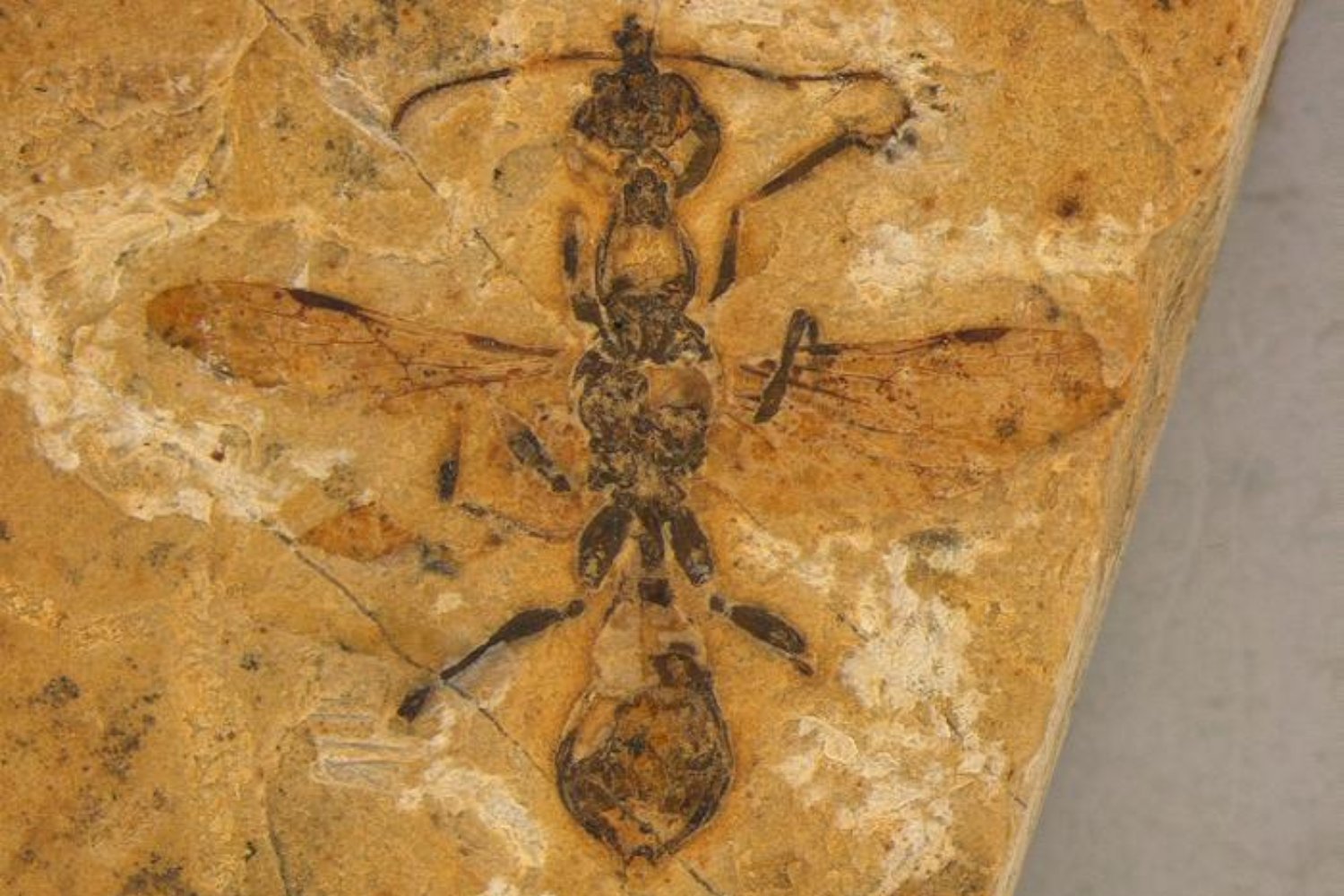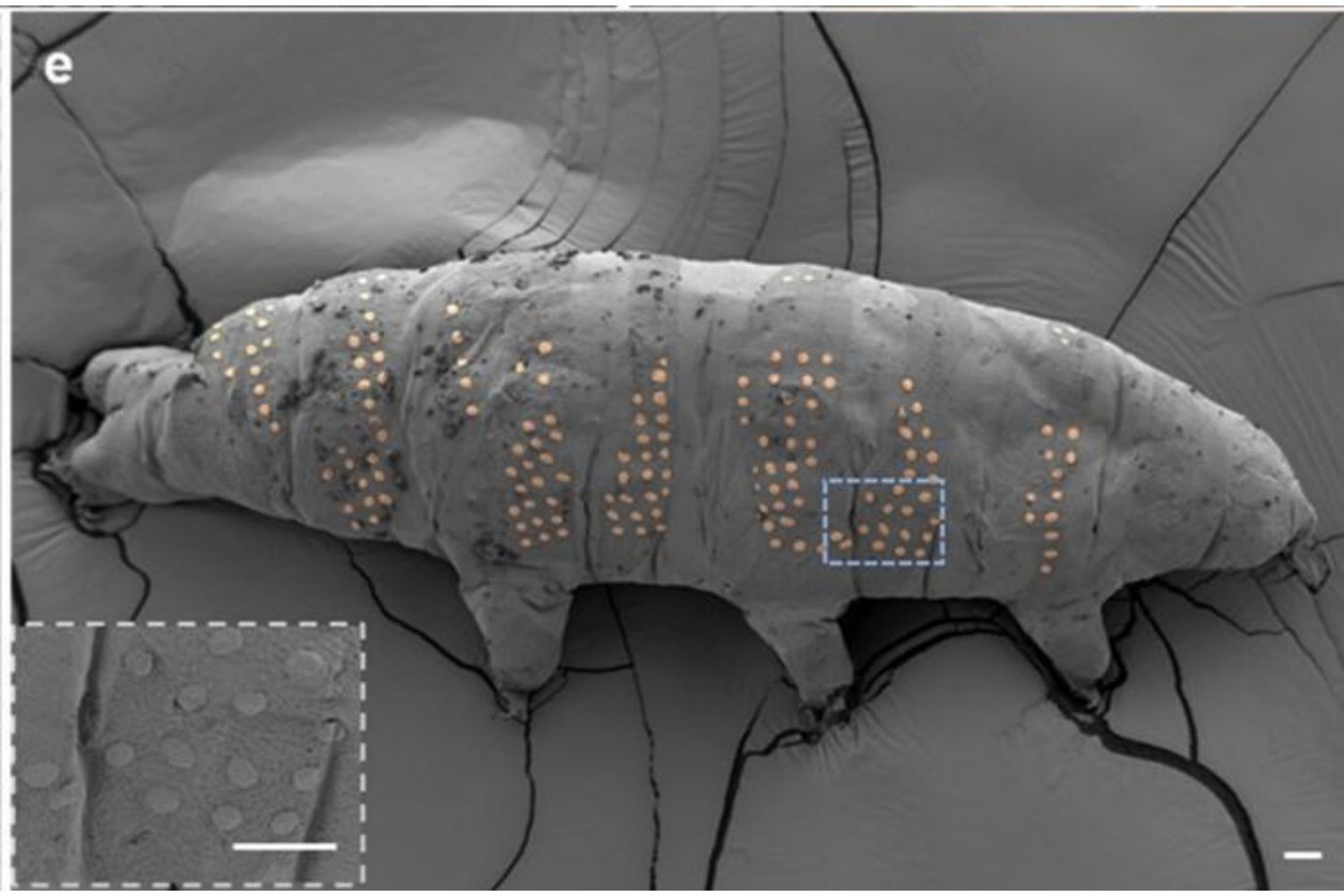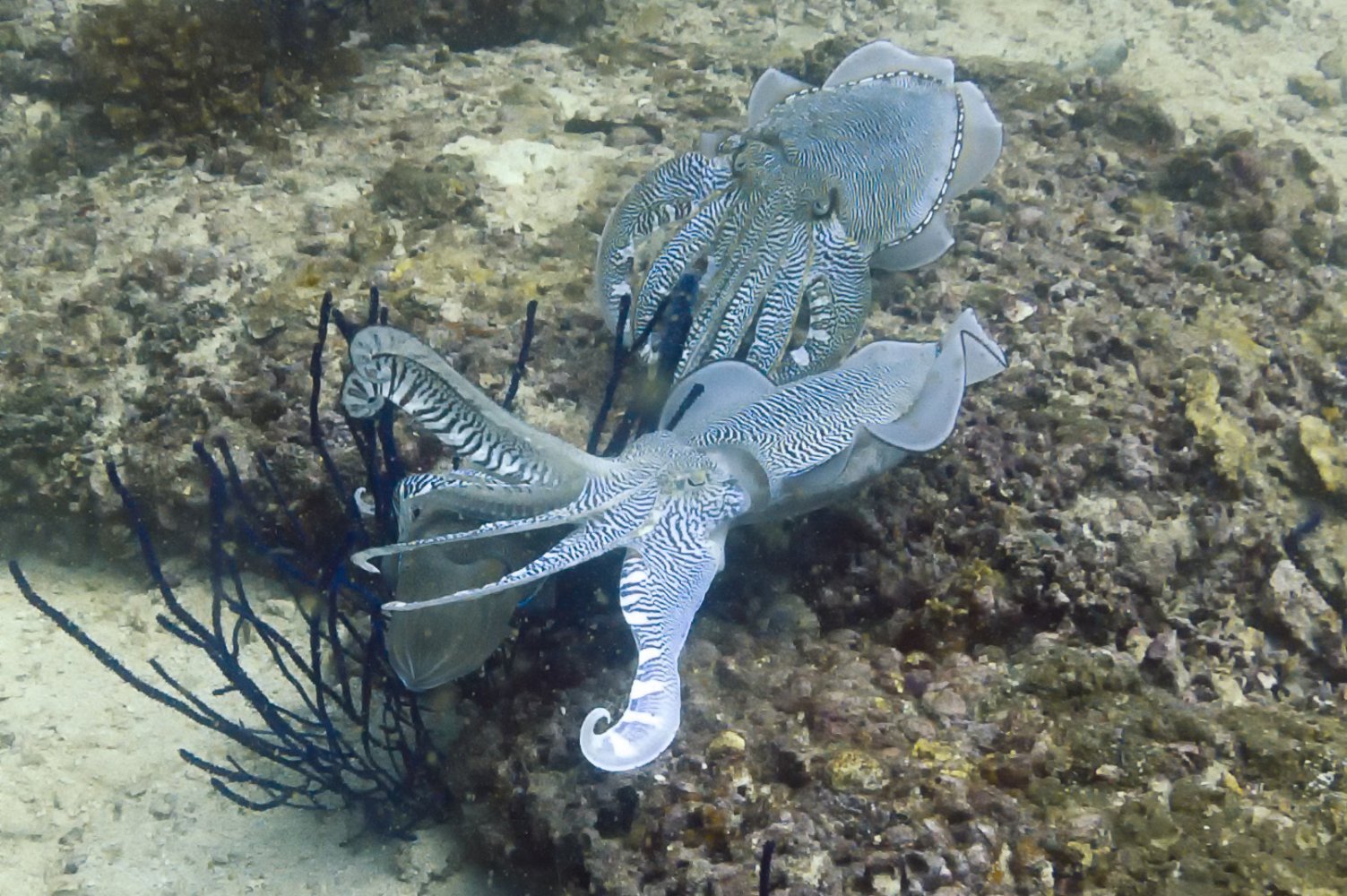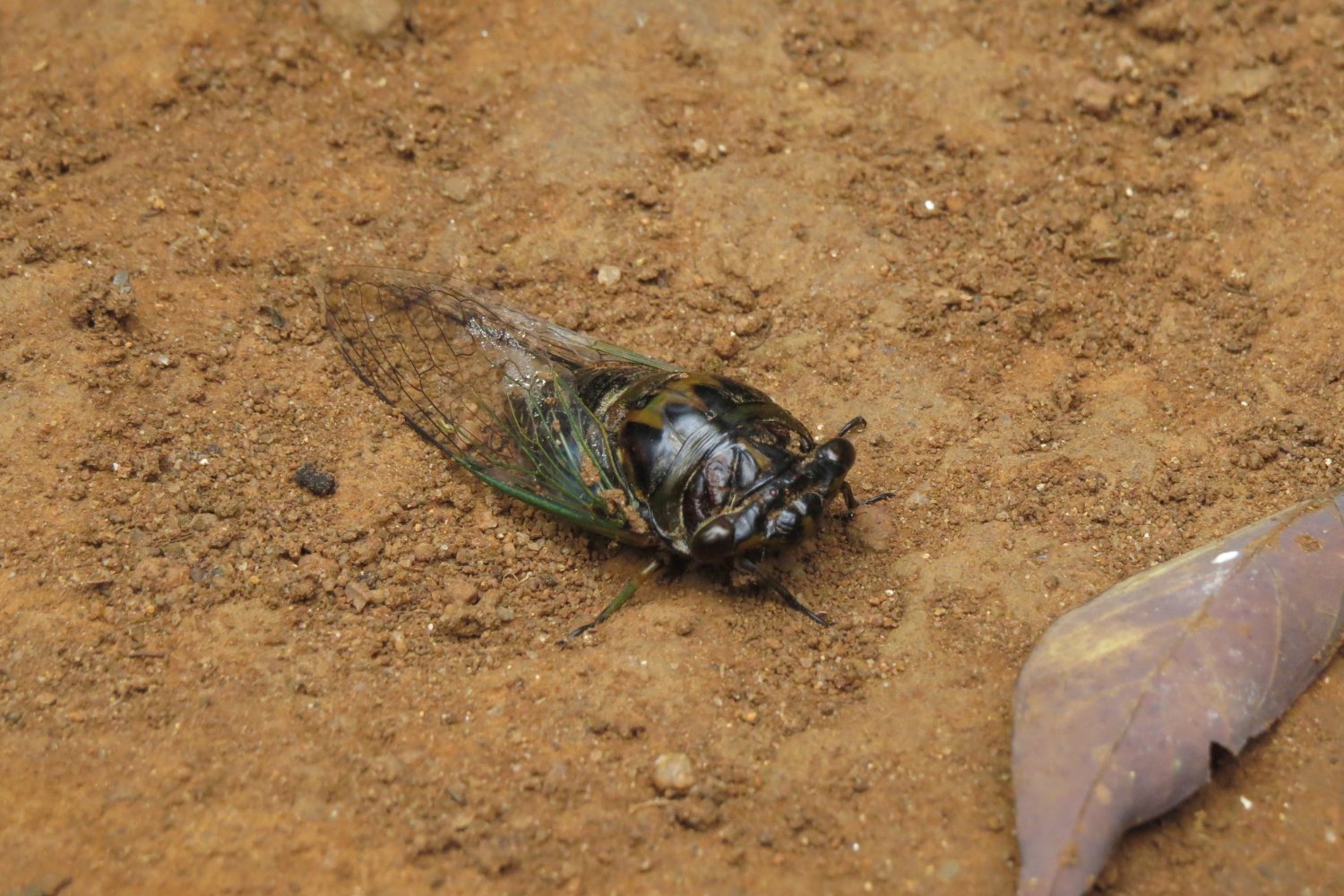When we think of predators, images of large animals with sharp teeth and claws, like tigers or sharks, often come to mind. However, a recent discovery reveals a tiny but terrifying predator from over 100 million years ago that impaled its prey with scythe-like jaws: the oldest known ant species.
Researchers examining fossil insects at the University of São Paulo’s Museum of Zoology identified a 113-million-year-old fossil as a new ant species, potentially the oldest ant specimen ever found. Named Vulcanidris cratensis, this fossilized ant belongs to the extinct subfamily Haidomyrmecinae, aptly nicknamed “hell ants.” These Cretaceous period ants (145 to 66 million years ago) are known for their uniquely vicious and specialized jaws.
A Glimpse into the Cretaceous Underworld
“Our team’s discovery of this new fossil ant species represents the earliest undisputed geological record of ants,” explains Anderson Lepeco, a researcher from the Museum of Zoology. “Its classification as a ‘hell ant,’ known for its bizarre predatory adaptations, makes this discovery even more compelling.”
Lepeco co-authored a study published in Current Biology detailing the discovery. Using micro-computed tomography, a 3D imaging technique, the team examined the hell ant preserved in limestone. Their analysis revealed forward-pointing mandibles (mouthparts) parallel to the head and positioned in front of the eyes, likely used to pin down prey. This contrasts sharply with modern ants, whose mandibles move sideways.
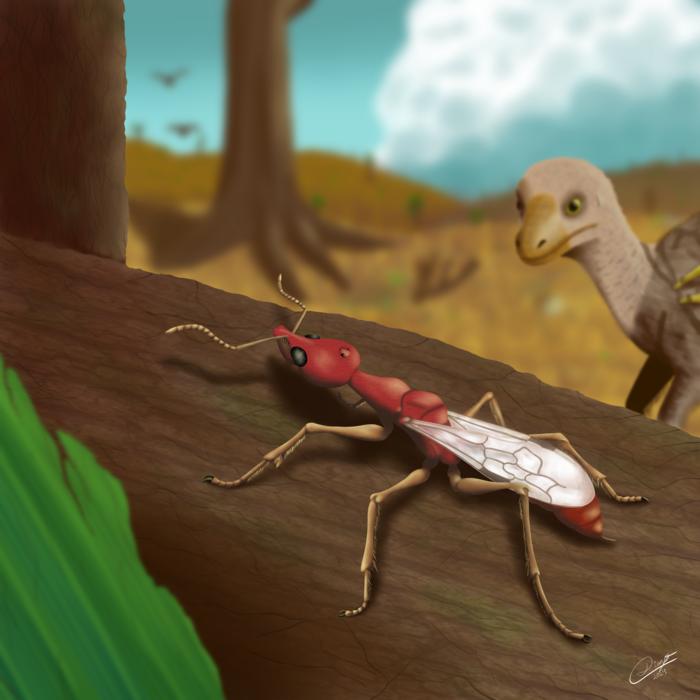 Paleoartistic Reconstruction Hell AntA paleoartistic reconstruction of the Vulcanidris cratensis hell ant, showcasing its unique predatory adaptations.
Paleoartistic Reconstruction Hell AntA paleoartistic reconstruction of the Vulcanidris cratensis hell ant, showcasing its unique predatory adaptations.
Challenging Evolutionary Assumptions
“Finding such a specialized ant from 113 million years ago challenges our understanding of how rapidly these insects developed complex adaptations,” Lepeco notes. “The intricate morphology suggests that even the earliest ants possessed sophisticated predatory strategies significantly different from their modern counterparts.”
A Global Distribution
The researchers also linked Vulcanidris cratensis to other hell ant species preserved in amber from Myanmar. Originating from the Crato Formation, a fossil-rich area in northeastern Brazil, this discovery suggests that Haidomyrmecinae ants had already achieved a global distribution by 113 million years ago.
Rediscovering History
“The significance of this specimen was immediately apparent, not just as a new species but also as potential definitive evidence of ants in the Crato Formation,” Lepeco adds. “This discovery emphasizes the importance of examining existing collections, both private and in museums, and highlights the potential of Brazilian paleontology and its underexplored fossil insect fauna.”
The Success Story of Ants
This study illuminates the early diversification and global expansion of ants 113 million years ago, offering valuable insights into the evolution of one of the planet’s most successful insect groups. The discovery of Vulcanidris cratensis provides a crucial piece of the puzzle in understanding the ancient history and remarkable adaptability of these tiny but formidable creatures.



